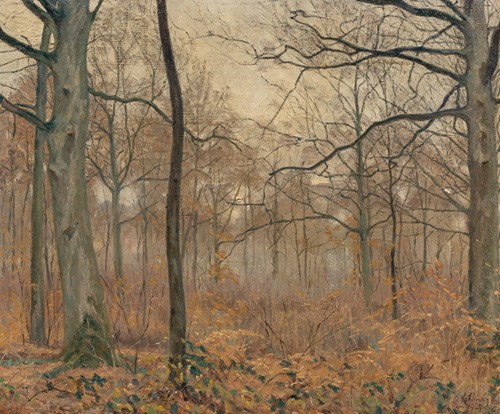
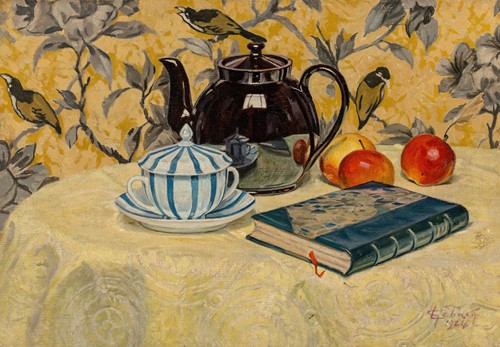
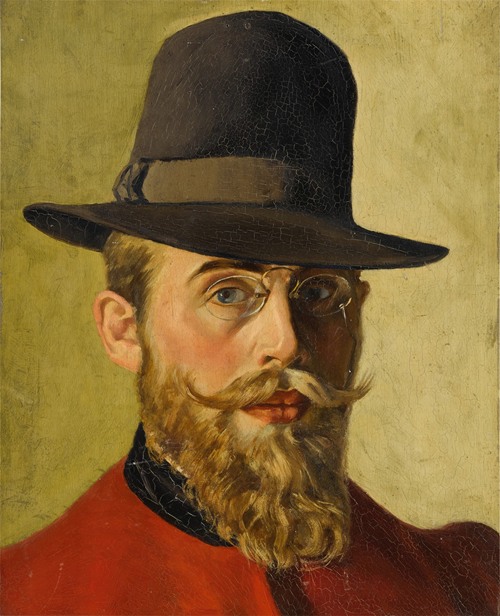
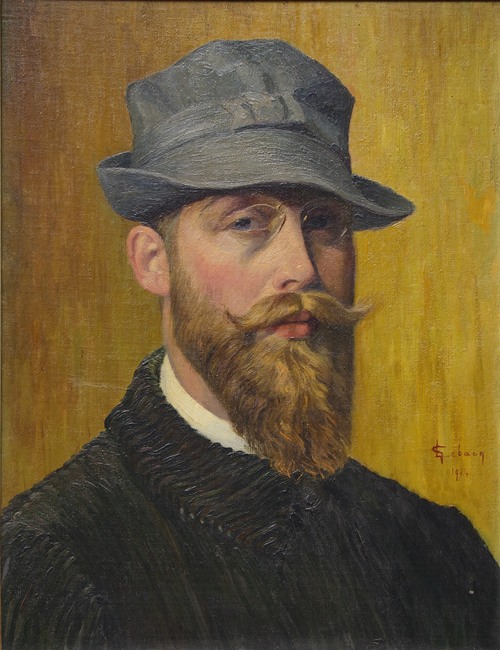
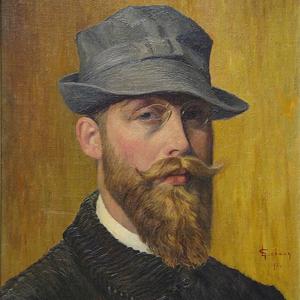

Georges-Émile Lebacq was a Belgian painter.
A Post-Impressionist and Impressionist painter, Lebacq was alternately a watercolourist, pastellist and portrait, landscape and still life painter. He also painted church interiors (stained-glass windows and paintings). Certain works as "Lumière d'été à Cagnes-sur-Mer" or "Le Repos en Terrasse" are impressionist. Initially self-taught, he first exhibited while a soldier during World War I. After the war he enrolled as a student at the Académie Julian at Paris in 1920, and thereafter worked mainly in France.
Further information: List of paintings by Georges Lebacq
Most of Lebacq's paintings are in Beaux-Arts Mons ("BAM", the museum of fine arts in Mons, Belgium), the Musée de la Venerie in Senlis, France, the Musée Renoir in Cagnes-sur-Mer, France, the Royal Museum of the Armed Forces and Military History in Brussels, or in private collections.



